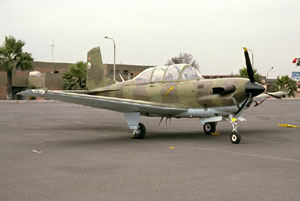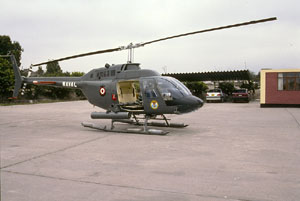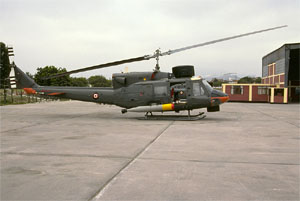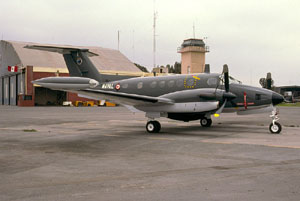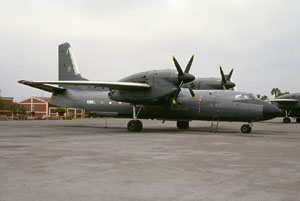|
Base
Aérea Lima-Callao
Servicio
Aeronaval de la Marina Peruana
25
October 2003
Peru's
Naval Aviation holds the distinction of having been raised twice. In 1919,
the Cuerpo de Aviación Naval was formed which in 1932 merged with the
Army's aviation element to form the Peruvian Air Force. Almost exactly
fourty years ago, on 3 July 1963, Naval Aviation was reborn. In 2003, the
Servicio Aeronaval de la Marina Peruana is for the most part based at
Lima-Callao, the military complex of Lima's Jorge Chavez International
Airport. Other bases are San Juan de Marcona (T-34C's training) and
Pucallpa which has no permanently based units. Like many Naval Air
Services elsewhere in the world, helicopters form the biggest part of the
fleet. Peru enjoyed and still enjoys good relations with former Eastern
Bloc countries which led to the supply of An.32 transports to the
Navy.
The
majority of it's aircraft however are of western origin.
Thanks
go to the Peruvian authorities as well as to Graham Dinsdale and Garreth
le Sueur for making this visit possible.
All
pictures (c) Hans Rolink.
|
